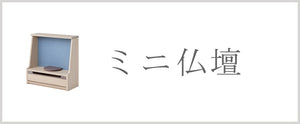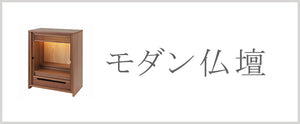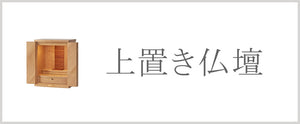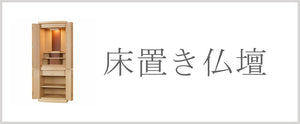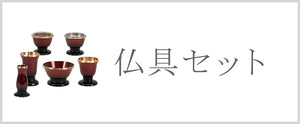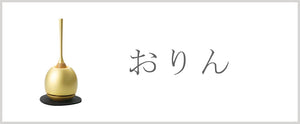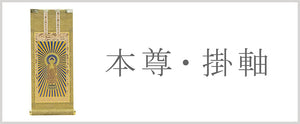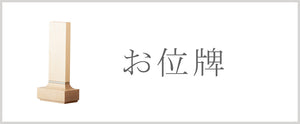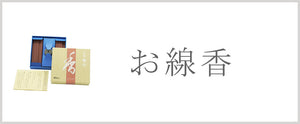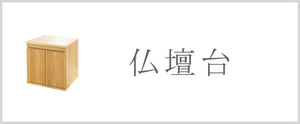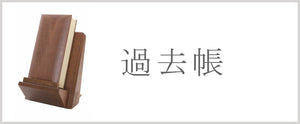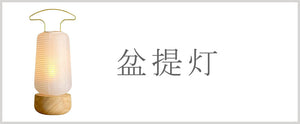Last updated:
Release date:
Obon is an annual event that takes place every year, but surprisingly, there are many people who don't understand what to do or how to celebrate it.
In particular, the things that need to be done change during the first Bon festival, which is the first after the 49th day of mourning following the death of the deceased.
In this article, we will explain why Obon is celebrated and how to celebrate it.
What is Obon? A simple explanation

First of all, why is Obon celebrated? We will explain the origins and meaning of Obon, as well as the duration and the meaning of New and Old Obon.
What is Obon?
Obon is the period when our ancestors are said to return from the afterlife (Pure Land) to our world (this world).
Its official name is "Ullambanae," and its purpose is to welcome the deceased back to the place where they spent a long time in life (usually their home) and pray for their happiness (rest in peace) after they return to the afterlife.
In addition, preparing for the return of our ancestors allows us to look back on our own roots and rediscover the wonder of our existence here today, which can be said to be another meaning of Obon.
When does Obon start and end?
In many areas, the Obon period runs from August 13th to the 16th .
However, Obon will be held from July 13th to 16th in some areas of Tokyo .
The former is based on the revised calendar, while the latter is based on the lunar calendar.What are Shinbon (July Bon) and Kyubon (August Bon)?
"Niibon" (or Arabon) refers to the Obon festival held in July.
On the other hand, "Old Bon" refers to the Obon festival held in August.
There is no difference between the actual practices and customs of either, and they are basically the same.
The term "Shinbon" is also used to refer to the first Bon festival (Hatsubon) that occurs after the death of a deceased person and the 49th day of mourning.
Things to do during Obon
Many people understand the meaning and purpose of Obon, but may not know what to do during it.
There are five main things to do during Obon. Let's take the example of the 14th and 15th of the month, which is the middle of the Obon period.
Preparing for pick-up

First Bon Festival/New Bon Festival 6-piece set 14
Preparations for welcoming the deceased begin the month before Obon, and the specific details can be roughly divided into three parts.
- Requesting a memorial service from the family temple
- Grave and altar cleaning
- Preparations at home (preparing the Bon altar (shrine altar), spirit horse, rush grass, Bon lanterns, sawdust, roasting pan, incense, candles, offerings, etc.)
These Buddhist altar items are sometimes sold together as "Obon sets" at Buddhist altar stores and home improvement centers.
However, if it is the first Obon since the death of the deceased, you will need to prepare gifts (kusoyo) in return for visitors and lanterns for the Obon.
The beginning of Obon

The actual decorations and offerings are made on the 12th, two days before the middle day of Obon. The following day, the 13th, is the beginning of Obon.
My family and I will visit the grave in the morning.
As the legend of the spirit horse goes, it is best to "pick up early and leave late."
In the evening, Bon lanterns are lit and a "mukaebi" fire is lit at the entrance or gate of the house to welcome the spirits of ancestors.
Lanterns should be left lit during Obon. However, to avoid the risk of fire, electric lights are now common. (In addition, even with electric lights, incandescent bulbs and other bulbs that generate heat should be turned off when leaving the area.)
Obon Chunichi

Families also visit the graves on the middle day of Obon.
The head priest of the temple is called to recite a sutra.
After that, a dinner is often held, regardless of religion or sect, and relatives and people who were close to the deceased are invited.
In the past, it was customary to eat the same vegetarian food that was prepared as an offering to express gratitude to ancestors and pray for their repose in the afterlife, but recently it seems that people tend to eat whatever they like without worrying too much about it.
Send-off bonfires

On the 16th, the day after the middle day of Obon, the peeled hemp stalks called ogara are placed on a roasting pan and set on fire.
If it is the first Bon festival, white Bon lanterns are also lit to see off the spirits of ancestors.
However, it may be difficult to burn everything at home these days.
In that case, burn only a small amount of sawdust, burn only part of the firebox of the lantern, and either wrap the rest in white paper and dispose of it, or consult with the temple and have it burned.
Cleaning up
After that, you should tidy up the area around the Buddhist altar. As long as you do so after the 17th, it's fine to do so towards the end of the month.
Click here for an article about how to put away the Bon lanterns used at the first Bon festival.
 How to dispose of and put away the Bon lanterns used at the first Bon festival? Explains how to burn them.
How to dispose of and put away the Bon lanterns used at the first Bon festival? Explains how to burn them.
What is Hatsubon? Points to note
In addition to the regular Obon festival, there is also an event called "Hatsubon."
Hatsubon is the first Bon festival after the death of a deceased person after the 49th day of mourning.
In some regions, the first Bon festival is called "Nibon (New Bon)" or "Arabon," so be careful not to confuse it with the general meaning of Obon. Here are some points to keep in mind when celebrating the first Bon festival.
Things to do on the first Bon festival
The purpose of Hatsubon is the same as regular Obon, to welcome the ancestors who have returned from the afterlife to this world and to pray for their souls to rest in peace. A memorial service is held, inviting the temple, relatives, and people who were close friends of the deceased.
clothing

Generally, it is advisable for both the bereaved family and attendees to wear formal mourning attire for the first Bon festival.
After the end of mourning, dress code tends to become lighter for memorial services, but for the first Bon Festival, it is important to dress more formally as it is the first Bon Festival.
However, depending on the region and the family's views, the ceremony may be held in casual attire.
If you're unsure what to wear, a plain dark suit with a black tie for men and a dark suit or dress for women are the best bet. It's best to avoid accessories, or for women, stick to pearls.
Decorations and offerings


The three most common Obon decorations are the "Bon altar (bon shelf)," the "Bon horse," and the "Bon lantern." During the first Obon, a "white lantern" is added.
A spirit shelf is a shelf that is placed in front of the Buddhist altar to welcome the spirits of ancestors.
Hamakomo is laid on the shelf and offerings such as water buds and ground cherries are displayed.
The Shouryouuma is one of the offerings placed on the spirit shelf, and is made from cucumber and eggplant with legs made from chopsticks and other materials to resemble a horse and a cow.
Bon lanterns are lanterns that are kept lit so that the spirits of ancestors can return home in a straight line.
It doesn't matter how many you decorate, but you should be aware that only one white lantern is allowed during the New Bon Festival.
Other necessary items include a send-off bonfire set (saw shells and roasting pan), incense and candles (incense sticks, burning incense, ash, charcoal, candles), a Buddhist meal on which to place vegetarian food to be offered to Buddha and ancestors, and an offering table on which to place offerings such as fruit, sweets, and vegetables.
Market price of offerings

The average amount of donations to give to temples at memorial services for the new Bon festival varies greatly depending on the region and your relationship with the temple, so it is difficult to generalize.
Generally, the going rate is said to be between 10,000 and 30,000 yen, but it depends on the circumstances of each household. However, the number "4" is taboo, so it's best to avoid "40,000 yen."
Some temples publish the amount of the donation, so if that's the case, one way to find out is to ask directly.
Since the person will come from the temple to your home, it may be a good idea to give a "transportation fee (car fare)" in addition to the offering. The going rate is said to be around 5,000 yen. Please make sure to wrap the transportation fee in a separate envelope from the offering.
Originally, offerings were an act of expressing faith in Buddhism, but in modern times, it is most important to show gratitude to the temple. Remember to give within your means.
Praying to your ancestors is an opportunity to reexamine yourself
Obon is an event that has been celebrated in Japan for a long time.
It's sad when people do it without thinking about the meaning and then end up with a mere formality, thinking, "It's a pain, but I have to do it again this year..."
Obon is a good opportunity to look back on and reexamine your roots by praying to your ancestors. Let's celebrate Obon with all our heart, within our limits, while adapting to our modern lifestyles.
Nagomi Kobo TOP page is here >


